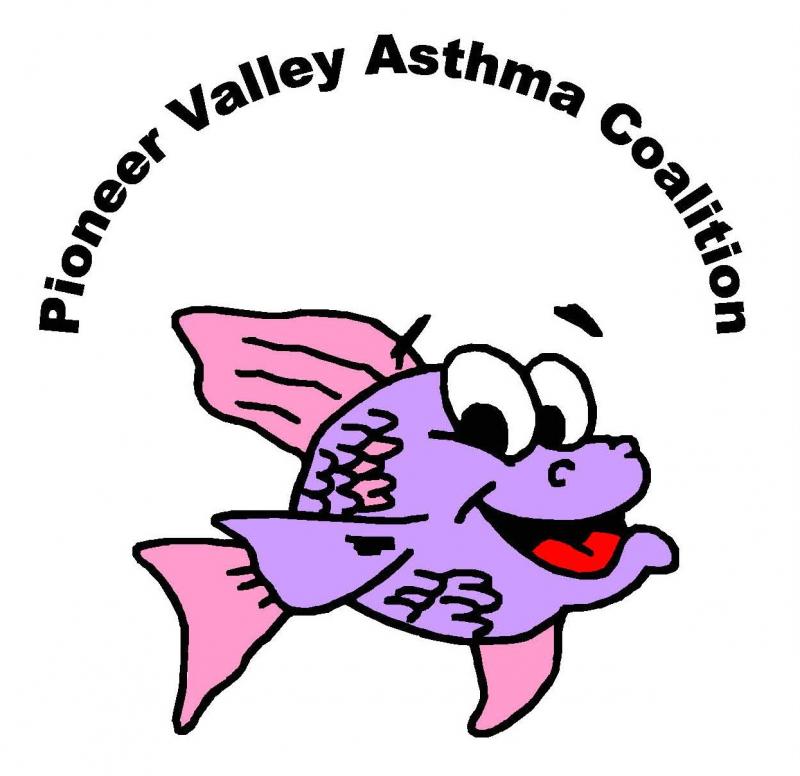Carbon Monoxide
About
Carbon monoxide (CO) is a poisonous gas that cannot be seen, smelled, or tasted. Breathing high levels of CO can be fatal. According to the U.S. Department of Housing and Urban Development, over 500 people in the U.S. die each year from carbon monoxide poisoning.
Sources of carbon monoxide (CO) include
- Using the oven as heater
- Air leaks from furnaces, water heaters or fireplaces
- Ventless heaters, fireplaces or stoves
- Car exhaust from attached garages
- Backdraft: an explosive surge in a fire produced by the sudden mixing of air with other combustible gases. It can occur in your home when there are duct leaks in the heating system, or when exhaust ventilation, such as from a clothes dryer or kitchen or bathroom exhaust fan, are greater than air replacement through infiltration or other means.
Risks
The symptoms of carbon monoxide poisoning can be similar to allergies or the flu, and it may be misdiagnosed as a migraine headache, stroke, food poisoning, or heart disease. The effects are more serious for infants and people with certain health conditions such as anemia, lung disease, or heart disease.
At low concentrations
- Fatigue in healthy people
- Chest pain in people with heart disease
At high concentrations
- Impaired vision and coordination
- Headaches, dizziness and confusion
- Nausea and reduced brain function
- Unconsciousness
- Death
Every time you change your clocks for daylight savings change the battery in the CO and smoke alarms!

